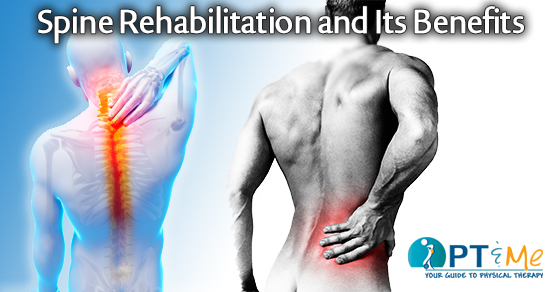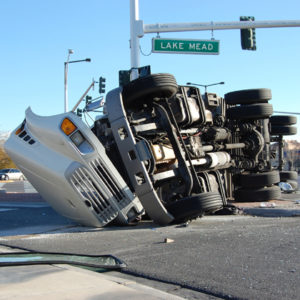
31 million Americans experience low-back pain at any given time. Back pain is the most common cause of loss of activity among adults under 45. It’s estimated that over 80% of all American workers suffer back pain at some time during their careers. From chronic to acute back pain, physical therapists are highly trained to accommodate the spine rehabilitation needs of a variety of patients.
COMMON BACK PROBLEMS SEEN BY PHYSICAL THERAPISTS INCLUDE:
COMMON CAUSES OF BACK PAIN:
Poor Posture and Body Mechanics
Poor posture is when your spine’s normal curves are either increased or decreased. This puts uneven stress on your spine and all of the supporting tissues. This uneven stress leads to pain and dysfunction and increases the likelihood of injury. The most commonly seen poor posture is a flat low back. Losing your natural low back curve is a major risk for back pain.
Poor Lifting Techniques
Poor lifting techniques is another cause for back problems. The forward bending position with your legs straight puts a great deal of stress on the muscles and ligaments of your back. The discs in your back are also under tremendous strain in this position. This position can increase your chances of ligamentous and muscular strains. It also increases your chances of getting a bulging or herniated disc.
Poor Physical Fitness
Poor physical fitness also contributes to potential back problems. Poorly conditioned muscles lack the strength and endurance that conditioned muscles have. They become fatigued much sooner and cannot provide the type of support a well conditioned muscle can.

WHAT DOES A SPINE REHABILITATION PROGRAM INVOLVE?
Physical therapists provide a comprehensive approach incorporating manual therapy, prescriptive therapeutic exercise and modalities. A program will improve the patient’s physical condition and symptoms. Therapists also provide the patient with movement awareness, knowledge of safe positions, functional strength, and coordination. All of this promotes the management of low back pain (LBP).
TREATMENTS OFFERED INCLUDE:
• Comprehensive Evaluation with an emphasis on determining the source of the problem.
• Individualized & Specific Exercise Programs
• Manual Therapy (hands-treatment)
• Modalities as Needed
• Progressive Home Program to help restore independence and self-management
GOALS:
• Improve Mobility
• Knowledge of Safe Positions
• Movement Awareness
• Functional Strength
• Coordination
If you have back pain that is prohibiting you from doing the things you enjoy, take the first step towards your recovery and contact your physical therapist.










